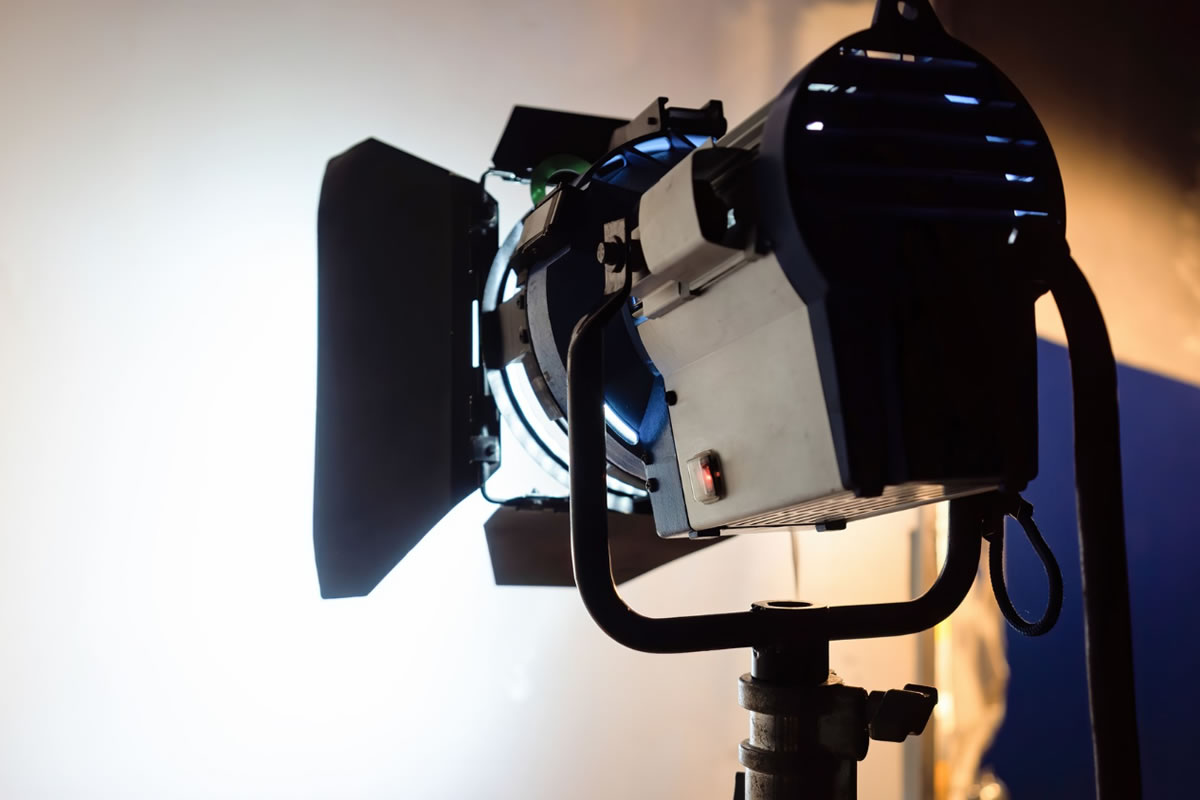Four Jobs Available in the Electric Department for Films

Have you always loved to perform camera work or set up lighting shots for film creation? Do you want to know what it takes to become a technician that works behind the scenes of films? When you are looking for the right job to help with films, movies, and commercials, you should consider becoming a member of the lighting and electrical department. These are some of the jobs that are available in the lighting and electric department in the film industry.
Director of Photography
The director of photography works heavily with the film director to discuss the vision for the film and how they will accomplish it. They are often in charge of the entire team of cameras, electric, and lighting. To become a director of photography, which is also known as a DP or cinematographer, you need to have expertise of everything from camerawork to lighting, to composition, to film history.
Gaffers
This position is the head electrician in the lighting department on set. Because of this, a gaffer is sometimes referred to as the Chief Lighting Technician, or CLT. They will oversee all the duties and responsibilities to ensure that the director of photography’s vision comes to life. Every set will have a gaffer to ask questions, receive orders, and learn what you need to be doing to help make the scene come to life.
Best Boy
The best boy is the next person in charge after the gaffer. Best boys, or girls, deal with all the gear and labor concerns. They can tell you the right location to set up the lighting, the right lighting equipment that is needed to make your vision come to life, and the labor that is required to accomplish the task. When you have any concerns, you will want to talk to best boy to see what you need to do to carry out the job.
Grip Electric Technicians
These technicians are known as the Set Lighting Technician, or SLT. Grips take care of the actual labor that is required to get the set up done right. They are the ones that light the set by following the instructions and orders of the best boys and gaffers. Grips will set up all the grip equipment, making sure that all the angles, lighting effects, and setups are correct. When the director of photography and gaffers come onto set, they can adjust. However, the labor is done by the grips.
These are just a few of the jobs that you can have when you work in the electric department in the film industry. If you are interested in lighting techniques, camera work, or electric requirements that go into creating a movie or commercial, you may want to learn more about this type of work. Contact Tiki Grip Electric to hear more about our rentals and professional services today.